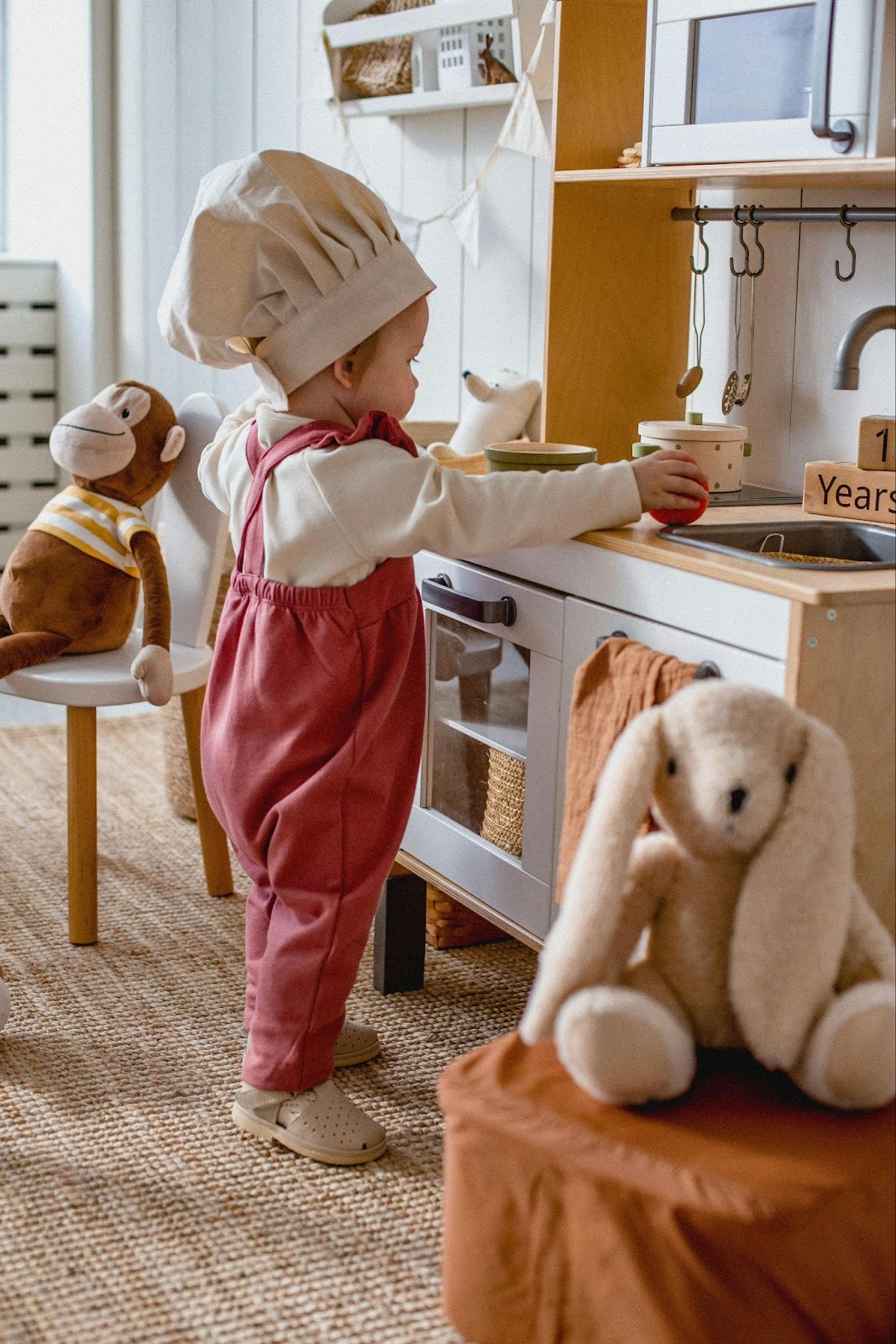There is no better way to learn a new language than making it fun and incorporating it into informal settings. Most informal settings happen to be activities ongoing in our everyday life, therefore if you want to learn a new language, and in this case sign language, using your every day routines is highly recommended. We’ll see why this is the case and find out how, in this article, you can teach your infant baby sign language by finding ways to incorporate the learning process into their daily routine.
Why Is Incorporating a New Language into Your Daily Routines Beneficial?
It Aids Proficiency and Fluency
This is a no-brainer. The more times you use a language to interact and express your emotions and thoughts, the more fluent (i.e. the more smooth) and proficient (i.e. the more accurate) your speech becomes. Sometimes, your fluency and proficiency are enough to qualify you to teach someone else without needing a certificate.
It becomes a lifestyle
Rather than making your babies view the process of learning baby sign language as a task or compulsory exercise during their infant age when you incorporate it into their daily routines, it unconsciously and easily translates into a lifestyle. This makes it easier for them to embrace ASL as a global language even as adults.
It Boosts Learning Confidence
The more a new language is found in the daily and practical living of the learner in question, the more that learner gains confidence in using the language. For babies, the process of learning baby sign language should not be separated from them and their daily routines.
It Makes it Easy to Interact with Native Speakers
As a result of incorporating a language into your daily routine, you find that when the time comes to interact with native speakers of the said language, you can do so effortlessly because you are used to using the language in everyday, practical, and conversational scenarios.
Ways To Incorporate Baby Sign Language into Daily Routines
Image by AmaruDaiKyoko on Openverse
Maintain Your Baby’s Normal Activity Schedule
This means that you should not try to separate your infants’ learning baby sign language from their normal life. When it’s meal time, teach them food signs–it could be the sign for food or some specific signs for common food and drinks as they grow.
The same applies to other schedules. Bath time and playtime. During bath time, that’s when the sign practice for peeing and pooping should take place.
In the case of play times, your baby can learn to sign the word “play” as they also learn the signs for different toys with their playmates. Different times during scheduled play dates can also serve as learning times for your infants.
Use the Assistance of Different Family Members
To ensure that you do not break the flow of the lessons, it is best you (as a parent or parents) are not the only one(s) guiding your baby in learning baby sign language. You can ask for the assistance of other family members. As the saying goes, “The more, the merrier.”
One way you can utilize this method is by assigning a different set of signs to different family members so that your child attaches those particular signs to those people whenever they meet.
Celebrate the Efforts
For every time your baby tries to imitate a sign being taught, celebrate the effort with something they love to do or have at any time of the day. This helps them look forward to more lessons on baby sign language.
Some Challenges Faced When Incorporating Sign Language Into Daily Routines
Normal Adult Problems
Sometimes, parents and caregivers are encumbered with daily life issues so much that they only want to get over with their tasks and barely have the time to think of constantly teaching their infants baby sign language lessons in the course of their daily routines.
To overcome this challenge, it’s important for these parents and caregivers to constantly keep at the back of their minds the reason why they began teaching their infants baby sign language the lesson began in the first place and also the long-term benefits
Dealing with Lack of Progress
When it is noticed over time that your baby may not be responding to the lessons, this can become very discouraging. Different babies learn in different paces. So, whether your child has only been able to grasp one sign when he or she should have grasped ten, or whether they don’t even use it when you need them to, you still have to continue the task of teaching them regularly and in this case incorporating the lessons into daily routines.
Criticism
Perhaps you happen to be the only one in your circle trying to incorporate baby sign language into daily routines. If this is the case, don’t be surprised if some people in your circle may not think it is a good idea.
To get over this, insist on going on with the lessons and encourage them to simply wait for the results in the long run.
Conclusion
Every parent wants to get it right with their child and the best time is when they properly bond with that child at the infant stage. Baby sign language is the way to go. Where it seems parents are not able to tell what’s wrong with their babies, with baby sign language, your story can be different.
But don’t jump the gun. There’s no reason you should start teaching your baby sign language without getting acquainted with American Sign Language (ASL). You’re opening your child to a rich culture, a way to bridge the communication gap and express emotions, these things are what you need as well.
Your knowledge of ASL enhances and enriches your infants’ learning process. Consider the following scenario: You are on the playground when all of a sudden, you need to communicate with your child who is some distance away. With just a quick glance and a few hand gestures, you are finished, allowing only a few individuals to learn about your situation. It’s possible that some people will think you’re weird, but the main thing is that you’ve done what you needed to do without causing a scene.
Resources from SignBee Academy can help you achieve this parent-child bond and more. Signup today.
Thumbnail Photo Credit to: Image by hernanpba on Openverse





